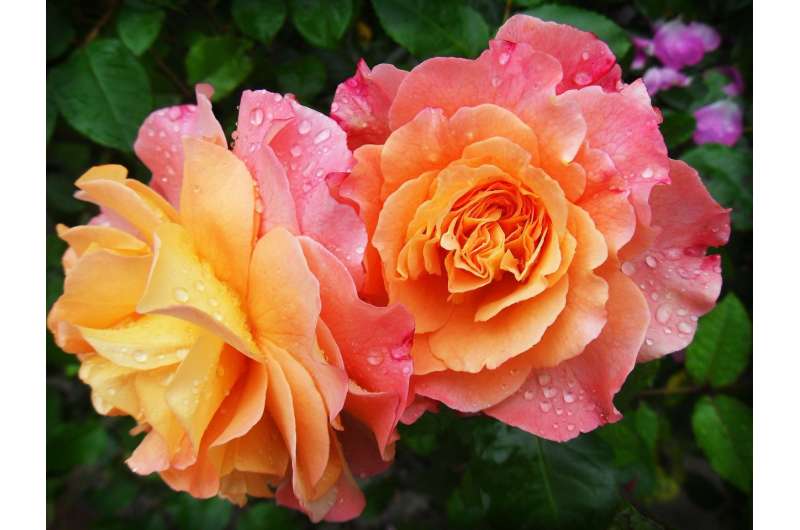Nuclear events make a flower bloom

Flowers are the reproductive organs of a plant. Their formation depends on strict nuclear events that, if compromised, can leave the plant sterile. A new study by researchers at the Nara Institute of Science and Technology (NAIST) shows how two transcription factors, AGAMOUS and CRABS CLAW, bind sequentially to the gene YUC4, which is responsible for synthesizing the plant hormone auxin. The findings, which can be read in Nature Communications, provide an epigenetic explanation for proper formation of the gynoecium, the female reproductive organ of flowering plants.
Flowers consist of floral organs, the number of which is determined by growth and termination of the floral meristem. To study the molecular events inside the nucleus that determine the termination, NAIST Professor Toshiro Ito and his research team have been investigating epigenetic regulation by transcription factors.
"AGAMOUS is a master regulator of floral meristem termination. One of its targets is CRABS CLAW. CRABS CLAW regulates plant stem cell growth and differentiation," says Assistant Professor Nobutoshi Yamaguchi, who led the study.
Both AGAMOUS and CRABS CLAW are well known to plant scientists, but how they control common target genes has remained a mystery. Using mutated versions of Arabidopsis plants, the researchers found that AGAMOUS and CRABS CLAW bind to YUC4, but at different locations and in a specific sequence.
"The binding of CRABS CLAW happened after the binding of AGAMOUS. AGAMOUS binding opened the chromatin to expose the YUC4 promoter site. This feed-forward loop terminated the floral meristem and allowed gynoecium formation," explains Professor Toshiro Ito.
Although the bindings sites for AGAMOUS and CRABS CLAW were close to one another, the two transcription factors did not interact with one another. Instead, AGAMOUS formed a complex with CHR11 and CHR17, two known chromatin-remodeling proteins, before binding to YUC4. Thus, AGAMOUS activated CRABS CLAW, resulting in a synergistic activation of YUC4 by the two transcription factors.
Yamaguchi says the regulation of the chromatin state by AGAMOUS and CRABS CLAW provides crucial insights on plant flowering that can be exploited in agriculture.
"The feed-forward loop may be important to activate YUC4 at the correct time and place. Controlling the feed-forward loops could allow us to grow plants that produce more or bigger fruits," he says.
More information: Nobutoshi Yamaguchi et al, Chromatin-mediated feed-forward auxin biosynthesis in floral meristem determinacy, Nature Communications (2018). DOI: 10.1038/s41467-018-07763-0
Journal information: Nature Communications
Provided by Nara Institute of Science and Technology



















